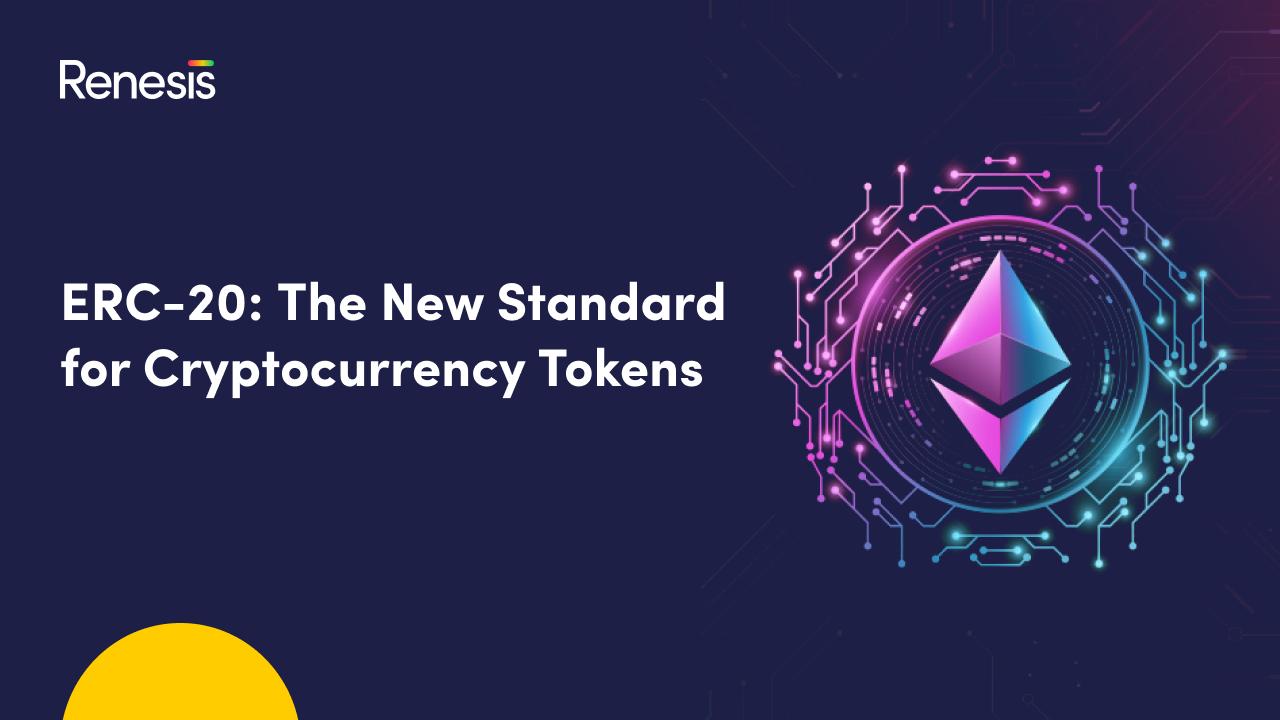ERC-20: The New Standard for Cryptocurrency Tokens
With the rise of Bitcoin and other cryptocurrencies, there has been an increasing demand for new and innovative ways to store and transfer value. One of the most popular methods is through the use of tokens, which can be used to represent anything from currency to assets or even loyalty points.
In spite of the fact that investors do not need technical knowledge to succeed in the cryptocurrency market, it is certainly helpful to have a basic understanding of some of the most important properties of many of the current digital currencies in order to make informed financial decisions.
An important concept that influences much of the industry, particularly in the area of smart contracts and smart properties, is the ERC20 token standard.
ERC-20 is a new standard for cryptocurrency tokens that have been gaining popularity in recent months. This standard allows for tokens to be easily transferred between different wallets and exchanges, and also provides a number of other benefits.
In this article, we will discuss the ERC-20 standard and how they’re changing the cryptocurrency landscape.
An Overview of ERC20’s History
In 2015, Ethereum developers created ERC20, which became widely recognized in September 2017. The process of creating a standard like this for Ethereum involves developers submitting Ethereum Improvement Proposals (EIPs) detailing the new protocol and standards along with the new functionality.
EIPs become ERCs once they have been reviewed, approved, amended, and finalized by a committee.
What Makes ERC-20 Tokens Unique?
ERC-20 tokens are unique in the cryptocurrency world for a few reasons. First, they are based on the Ethereum blockchain, which is a more robust and widely used platform than many other blockchain options. Second, ERC-20 tokens can be easily traded on a variety of exchanges, which gives them more liquidity than many other types of tokens. Finally, ERC-20 tokens are compatible with a variety of wallets and other Ethereum-based applications, which makes them more user-friendly than some other types of tokens.
How are ERC-20 Tokens Created?
To create an ERC-20 token, you first need to create a smart contract on the Ethereum blockchain. ERC-20 tokens are created using a standard set of rules that allows them to be interoperable with other ERC-20 tokens.
This means that when you create a token, you have to follow these standards in order for it to be accepted by the Ethereum blockchain.
This set of standards includes having a name, symbol, total supply, decimal places, and other features that make it unique from other tokens in the market. These rules are defined in a smart contract, which is a piece of code that runs on the Ethereum blockchain.
What are the Benefits of Using ERC-20 Tokens?
There are a number of benefits to using ERC-20 tokens.
-For one, they are much easier to integrate with exchanges and wallets than other types of tokens.
-Additionally, ERC-20 tokens can be used to create smart contracts and decentralized applications (dApps), which provide a wide range of potential uses and applications.
-Finally, ERC-20 tokens are compatible with a variety of Ethereum-based protocols and platforms, which makes them highly versatile and easily transferable. Plus, they’re easy to store and trade. So if you’re looking for a reliable and convenient way to store your cryptocurrencies, ERC-20 tokens are a great option.
How to Use ERC-20 Tokens?
So you’ve heard about ERC-20 tokens and you’re wondering how you can use them? Wonder no more!
ERC-20 tokens are very versatile and can be used in a number of ways. For example, you can use them to raise money for your startup by selling them in an initial coin offering (ICO). You can also use them to power your own blockchain-based applications.
But that’s just the beginning! ERC-20 tokens can also be used to pay for goods and services or to store value like traditional cryptocurrencies. In fact, they are quickly becoming the standard for cryptocurrency tokens.
ERC-20 made it easier for decentralized technology to be adopted broadly by creating a common standard. Ethereum has been gaining prominence as a result of its implementation which is an example of decentralized governance, making it the current symbol of blockchain technology.
So why not give them a try? Need Help? We are here to assist you!










